Ruins of an Ancient Great Empire in Zimbabwe
Masvingo - Zimbabwe
Visiting A Medieval Kingdom – Dynasty of Stone in Africa
A UNESCO World Heritage Site
Our guide led the way towards the ancient path beyond stone relics and up steep steps through narrow passages. We reached a complex on the top of the hill, a section of Great Zimbabwe, the ruins of a royal empire of Africa from the Middle Ages.
One of the entrances to the Hill Complex at Great Zimbabwe
Could we believe the classical legend that this was where the Queen of Sheba ruled her kingdom? If she was indeed the reigning monarch of the time, did she ever walk up the hill or did her subjects carry her to the apex of her empire? If so, they must have struggled through some of those narrow passageways.
Steps taking us up to the Hill Complex
Steep steps and narrow passage up to the Hill Complex
Nevertheless, a medieval architectural masterpiece was created on this hill with rudimentary granite bricks. Stairways, passages and rooms were intricately designed between gigantic boulders. Here and there one had to overlook the inexpertly restored walls, but this still did not deflect the magnificence of these archaic structures.
Steep steps up to the Hill Complex
Walls between granite boulders
As we stood on top of the hill looking down upon the scattered ruins we knew that Great Zimbabwe was far from a singular complex. We learned later that at the climax of its existence it is thought there were seven similar states in the region. Mapungubwe in South Africa has many similarities but does not have the structures that Great Zimbabwe has.
Looking down towards the Great Enclosure and Valley Ruins
A suitable end to our Zimbabwe overland road trip – camping next to the ruins
The Great Zimbabwe ruins and national monument was the last stop of our two-week overland trip. By this stage our road trip took us across almost 4000 kilometres of Zimbabwe since we left home.
Great Zimbabwe was high on my bucket list as a destination since I was a young adult. Finally, about thirty-five years later I had a chance to see it.
Exiting one of the chambers at the Hill Complex
Much like the Egyptian Pyramids – another travel goal that I achieved many years ago – great dispute hung in the balance for ages who had built this great empire. Still, I was fascinated by this medieval iron age village.
Part of the Hill Complex
The golden light at the end of the day was fading fast when we were on top of the hill, so we had to rush down to see the Great Enclosure. I was more fascinated by the Hill Complex than the Great Enclosure, maybe because of that, but on the whole, Great Zimbabwe is worth a visit.
After seeing this magnificent historical site we spent another freezing night, much the same as Nyanga in the Eastern Highlands. We had left that morning, leaving our cosy cottages. This time it was back to roughing it in our tents.
Camping at Great Zimbabwe
Let me reiterate, it was freezing. The cold crept through every insulating layer we could possibly put down beneath our mattresses. Each and every layer of bedding and clothing was used to keep us warm during the night. We even slept with woollen knitted caps on our heads.
The following morning we headed to Beit Bridge where we parted company with the rest of our convoy and headed home. New friends were made on this trip, ones that are now friends for life.
This was an unforgettable trip through Zimbabwe. A beautiful yet controversial country and a sordid past. We had a wonderful opportunity to see it with our own eyes and one that I am eternally grateful for. The only regret I have is the same I have about most of our travel destinations – to have more time and explore further.
Hill Complex
Facts and History of the Great Zimbabwe Kingdom
The enigma of the ruins hold many myths. It has been said that it was the centre of the Kingdom of Mutapa. Another legend mentions that it was the residence of Queen of Sheba. Much of this has been told and embellished over the years in the days before the written word and records could be used as factual evidence.
The Valley and Great Enclosure
What we do know is that the Great Zimbabwe ruins are the largest collection of ruins in Africa south of the Sahara. The city was the capital of the Kingdom of Zimbabwe, a Shona (Bantu) trading empire. Smaller ruins scattered throughout Zimbabwe and Mozambique were plundered by European explorers in the 19th century. These smaller ruins are also called zimbabwes.
The hill where the Hill Complex was built
Missing out on Roaming Fox Adventures? Click on the button below, fill out the form and subscribe to be notified of the next escapade.
At the base of the hill looking towards the offices and museum at Great Zimbabwe
Zimbabwe means “stone houses” in Shona. This is evident in the quantity of granite brick like rocks that lay crumpled at the base of the hill, on top of the hill, throughout the valley and at the more infamous enclosure of the main fortress. Some clay huts and other dwellings in the surrounding valley are also part of the ruins.
A shallow cave in the Hill Complex
Inside the cave just below the Eastern Enclosure on the Hill Complex, our guide is demonstrating the acoustics that projected his voice to be heard in the valley below. The cave is deemed to be one of the most sacred places at Great Zimbabwe.
The Three Areas of Great Zimbabwe
The ruins of the ancient empire in Zimbabwe are some of the oldest and largest structures found in Southern Africa and span an area of about 7 square kilometres.
The stonework complexes were built without mortar and were amplified with stairways, platforms, turrets and towers. The ruins of the medieval capital were divided into three areas.
The Hill Complex
Hill Complex
The Great Enclosure
The Great Enclosure
The Valley Ruins
Valley Ruins
The Hill Complex was built on a hill with rough granite stone blocks. An intricate acropolis of enclosures and passageways is said to have been the residence of successive chiefs and ritual areas. It is also believed to have been the spiritual centre of the city. Apparently the first stones were laid in the year 900 C.E. which makes it the oldest part of the site.
Walls at the Hill Complex
Hill Complex
Part of the protective wall at the Hill Complex
Standing on the highest point of the Hill Complex
The Great Enclosure is dated back to the 14th century and is located at the south of the hill. Also built of granite blocks, the structures were divided into community areas and further divided into family living quarters with kitchen areas.
Great Enclosure outer wall
The outer carved or shaped walls of the Great Enclosure is approximately 250 metres in circumference and reaches up to a height of 11 metres, is a huge engineering feat. It was built with approximately a million granite blocks.
Inner walls of the Great Enclosure
An inner wall runs parallel to the outer wall and forms the narrow passage that leads to the renowned high conical tower. The purpose of the tower is unknown but may have been a symbolic grain bin. The tower is about 10 metres high and 5 metres in diameter.
Narrow passage leading to the Conical Tower
Conical Tower inside the Great Enclosure
The Valley Ruins are collections of huts that have similar characteristics to that of the Great Enclosure and also built with granite blocks but dates back to the 19th century with more advanced craftsmanship including chevron and chequered wall decorations.
Clay excavations
The complex could possibly have served as a hub for commercial exchange and remote trade because of the discoveries by archaeologists. They found copper ingots from trading posts along the Zambezi River and Central African Kingdoms. They also found porcelain fragments from China as well as beads crafted in southeast Asia.
Stone pillars at the Great Enclosure
Zimbabwe’s ancient capital
The empire was the city and capital of the Kingdom of Zimbabwe. After much dispute, it is believed that it was built by Shona people and is therefore of African origin and not Phoenician, Greek or Egyptian as originally thought. This was concluded by archaeologist David Randall-MacIver in 1905 and was confirmed by Gertrude Caton-Thompson an English archaeologist in 1929.
Inside the Great Enclosure
The Shona was an industrious trading nation that based their economy on cattle herding and crop cultivation, metalwork including trading in gold on the east coast of Africa. They thrived between the 11th to the 15th centuries with trading links stretching as far away as India, Persia and China.
Wooden lintels at the entrance to the Great Enclosure
The first European visitors arrived at the ruins in 1868 and it was declared a UNESCO World Heritage Site in 1986. Unfortunately the site received inadequate funding despite its historical importance. This might have been due to the disastrous history of Zimbabwe and I hope this valuable historic site is preserved for future generations to learn from it.
What artefacts were found in Great Zimbabwe ruins?
There is a small museum close to the site with a few ancient artefacts including shards of Persian and Chinese porcelain or pottery, glass beads and coins.
The iconic symbol and emblem of Zimbabwe, soapstone birds, were found at the ruins. These birds combine both human and bird elements. Although not sure of their significance, the birds are highly regarded and could have been emblems of royalty which is today displayed on the Zimbabwean flag.
Other relics that were found are intricately carved ivory, iron and copper wire as well as iron gongs & hoes, bronze spearheads and crucibles, gold beads, pendants, bracelets and sheaths.
The Great Enclosure and Paul
Where are the ruins of Great Zimbabwe?
Approximately 30 kilometres from Masvingo, located between the Zambezi and Limpopo Rivers, lies the monument of Great Zimbabwe, a UNESCO World Heritage Site worth visiting for its history. Masvingo is close to 300 kilometres from Harare as well as Bulawayo.
If you are interested in finding out the timeline about Ancient Africa World History, take a look at World History Encyclopedia.
On Pinterest? Pin and read later!
Find me on Social Media:
Step by step instructions on how to leave a comment on my blog:
Type in your comment in the comment box.
Click ‘Post Comment’
Briefly a message should appear saying you are not logged in, then a box with ‘Post a Comment’ will appear for you to complete with your name, email address and website URL (if you have one).
Fill in your first name and email address in the appropriate section. (Your email will not be made public and will not be used for any other purpose than for you to get a notification of a reply to your comment.)
Click ‘Comment as Guest’ and you’re good to go!
To subscribe to my blogs, please fill out the SUBSCRIBE form.
Thank you.
I know it is quite a process, but it helps keep our websites secure. Your email address will not be shared or displayed.











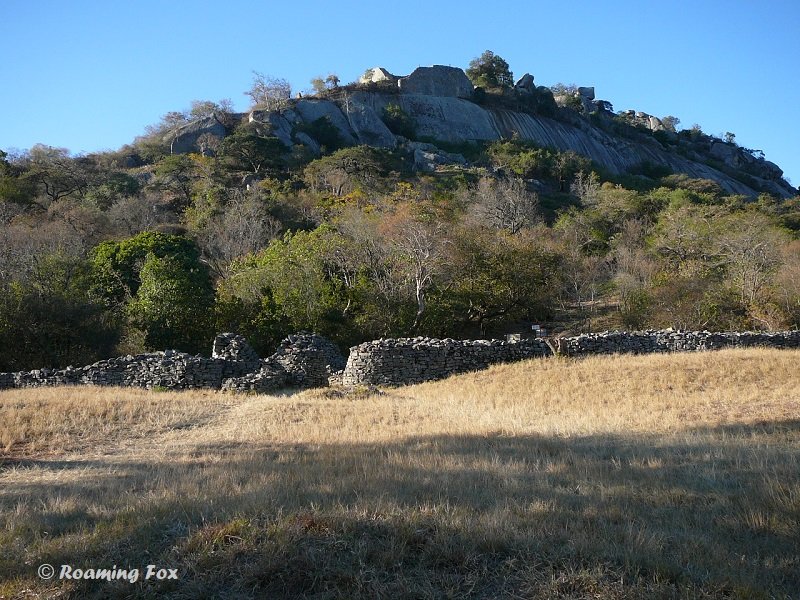






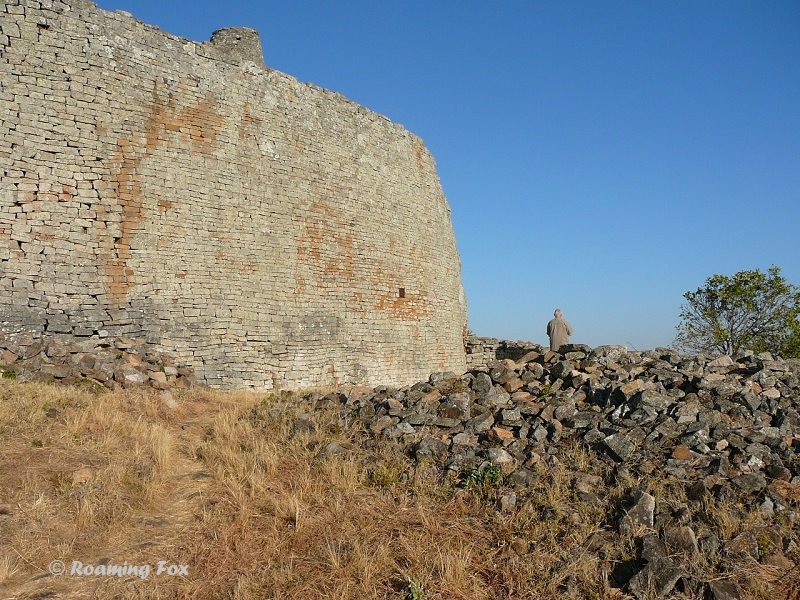





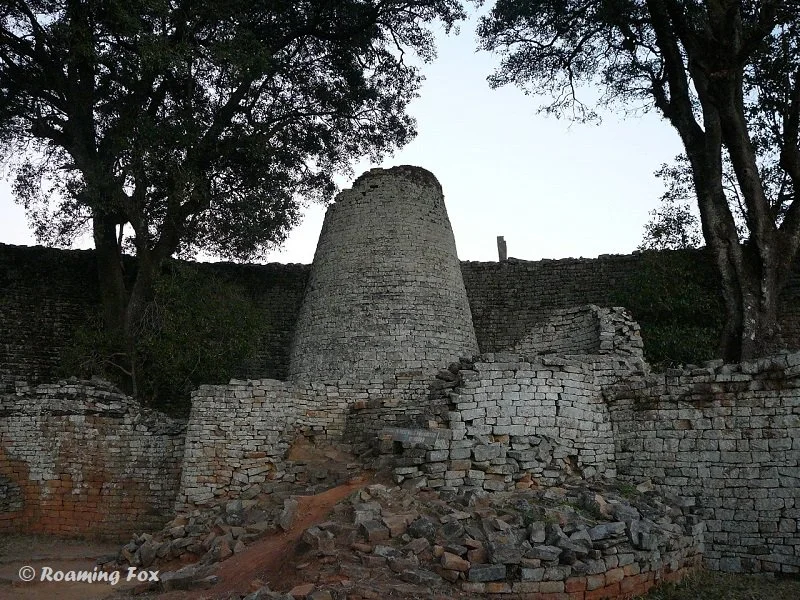




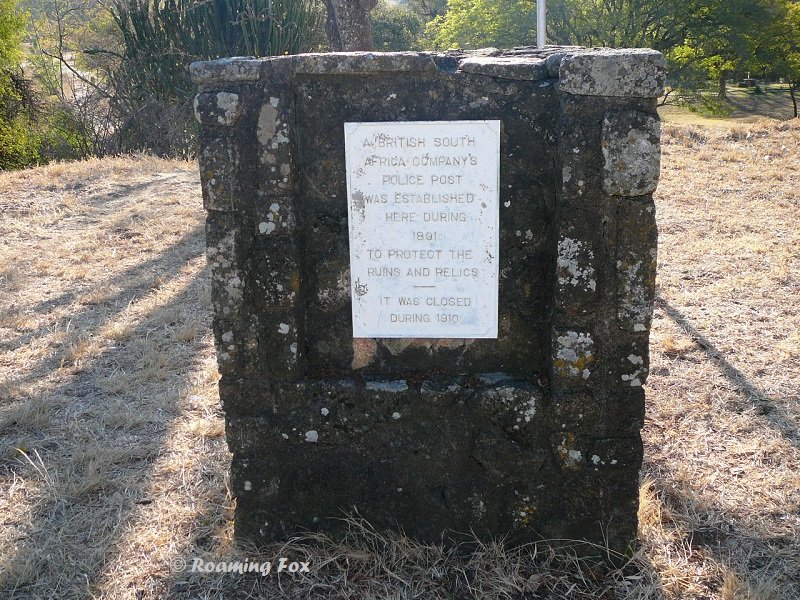







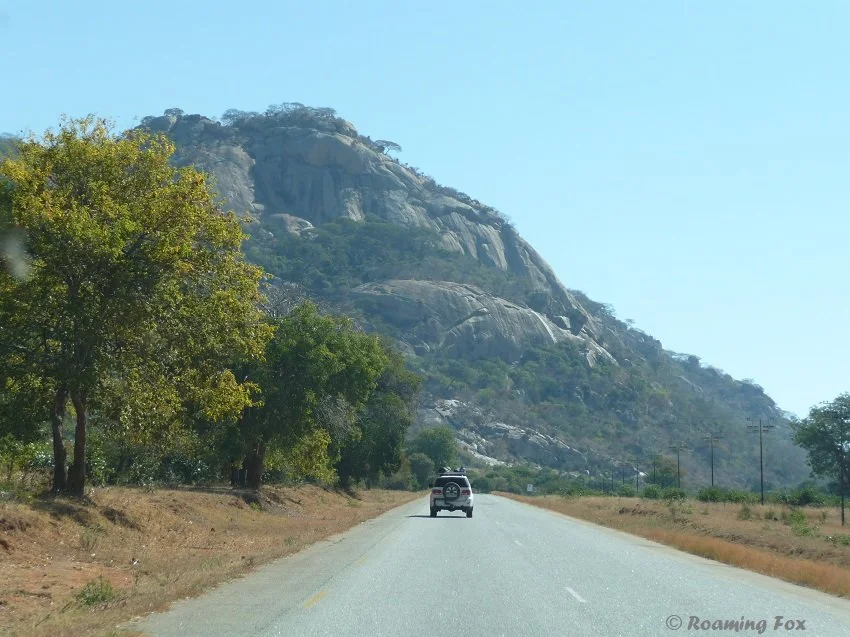




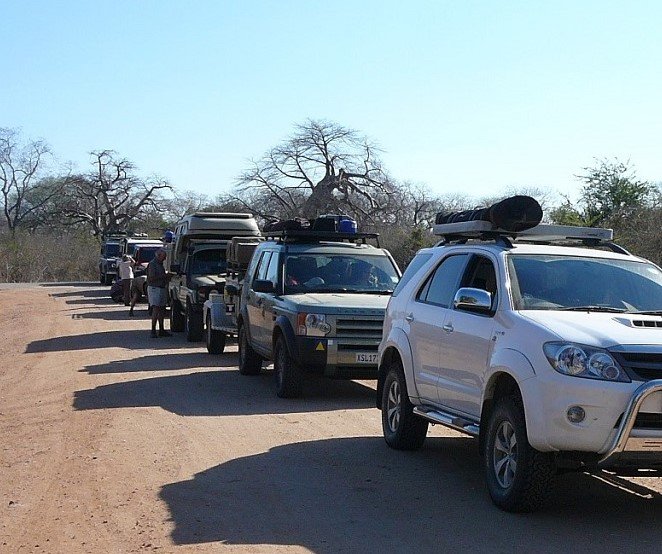



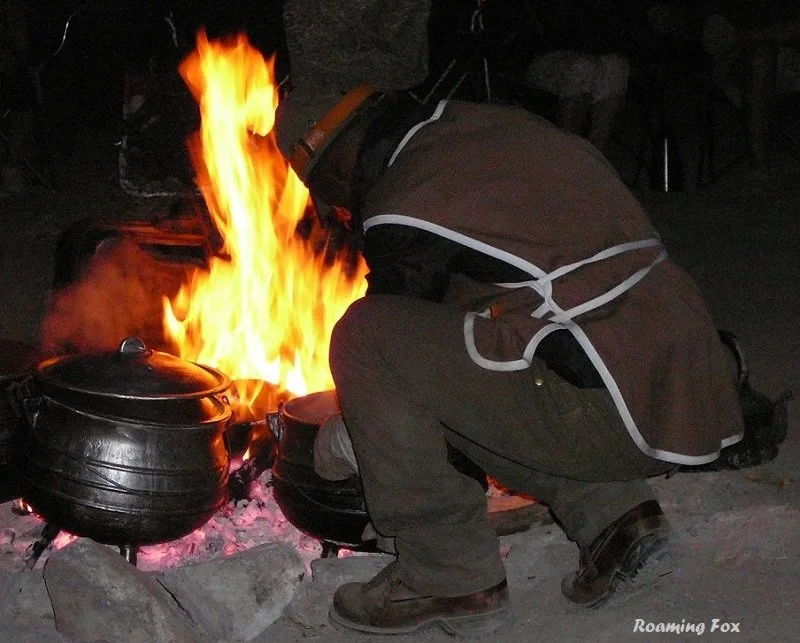


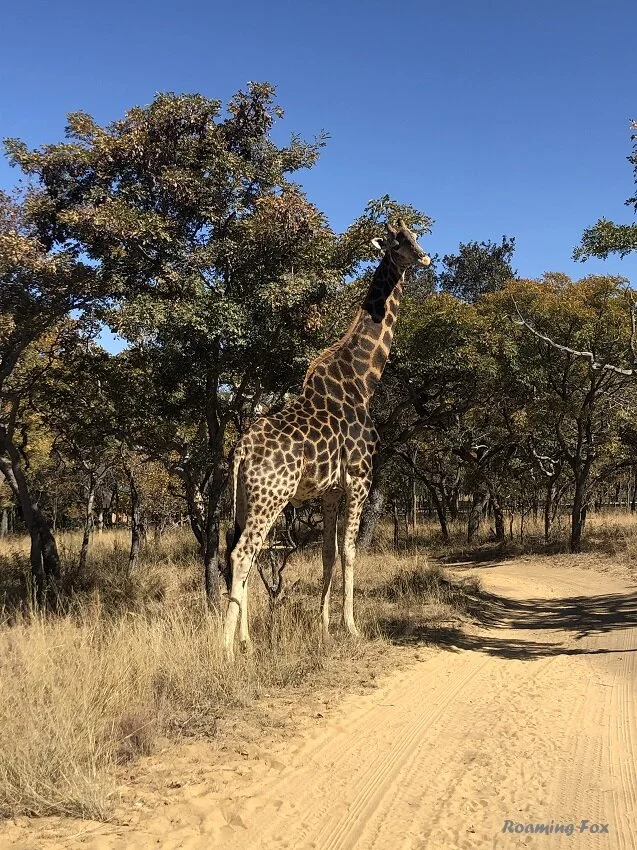
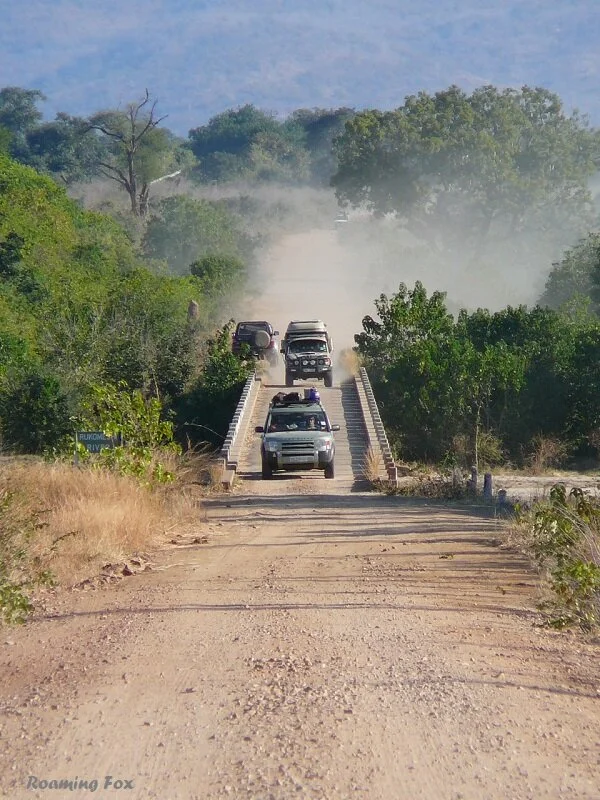

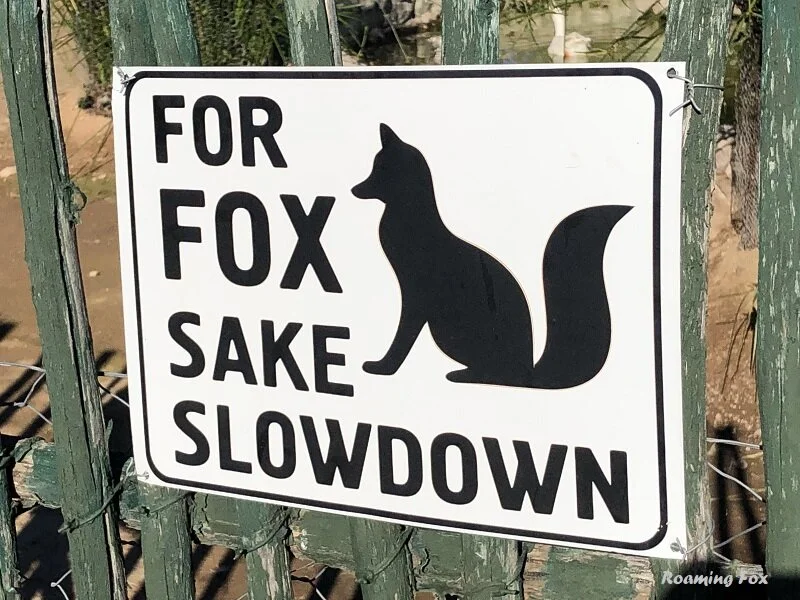


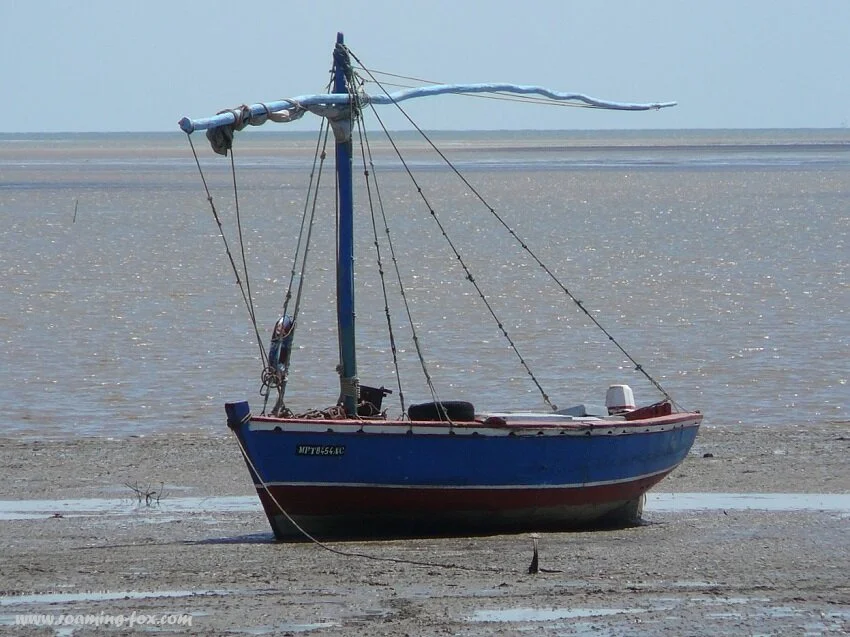
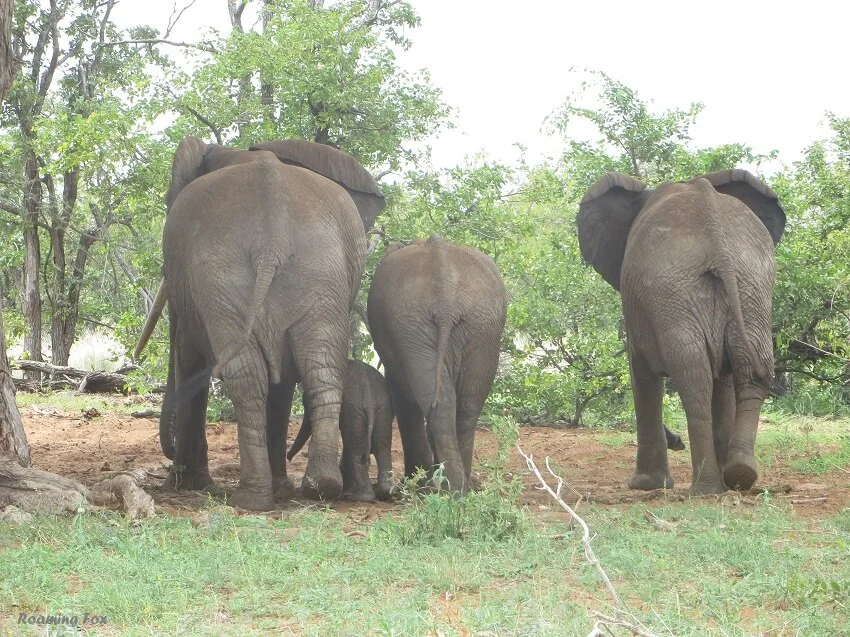






The Best Way to see a country? Take a road trip! Have you ever had that feeling when you hit the open road on your road trip? Freedom. Anticipation. Exhilaration.